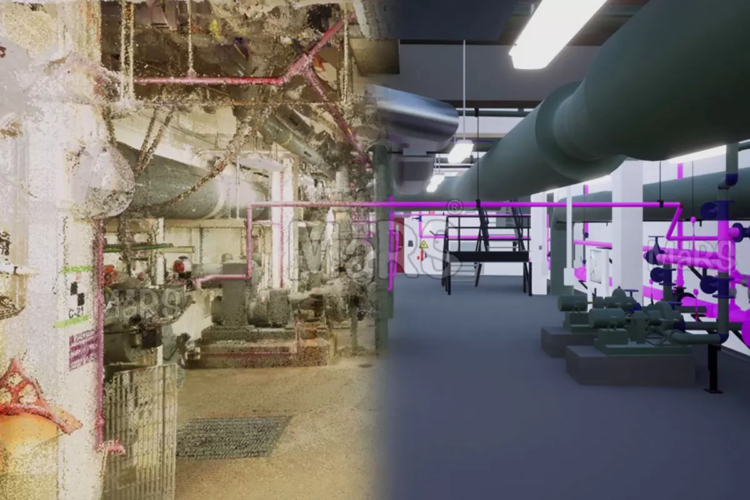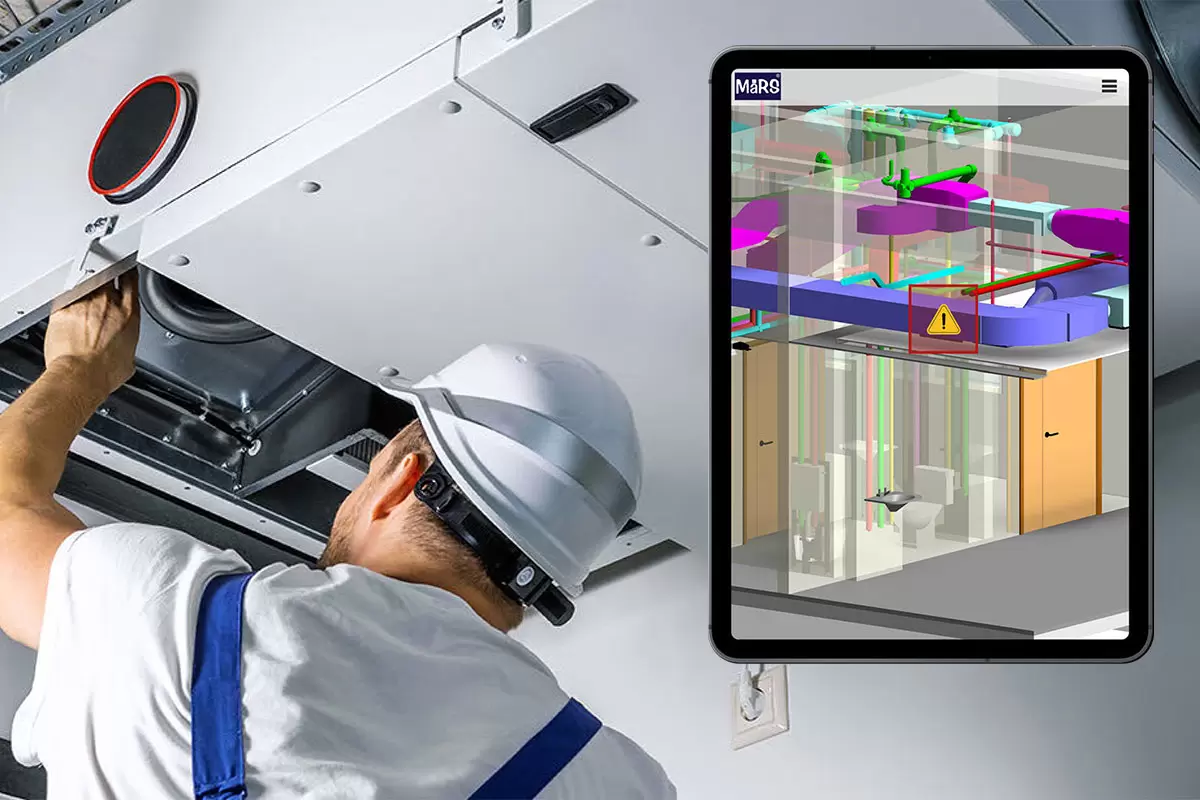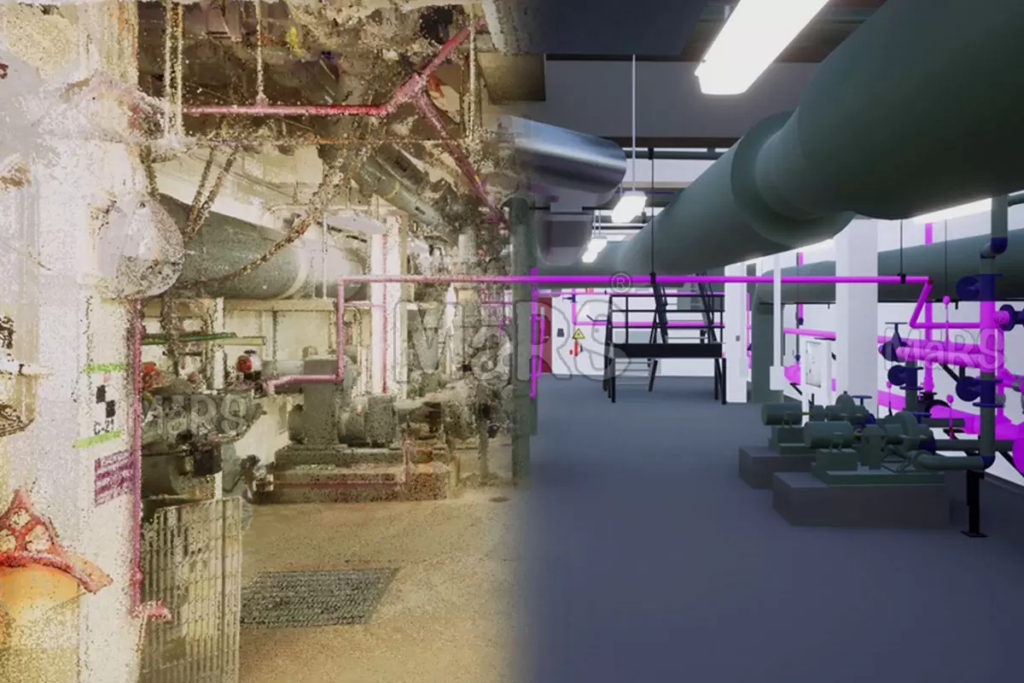
- By Muhamed Gamal
- In BIM
Transforming Asset Management in Engineering Project Management (7D BIM)
Introduction
In the world of engineering project management, Building Information Modeling (BIM) has emerged as a game-changer, allowing teams to visualize, plan, and execute complex projects with precision. Originally focused on 3D modeling, BIM has evolved to encompass multiple dimensions. These range from 3D design and spatial planning to 7D, with each dimension adding new layers of functionality. For example, 4D BIM integrates time scheduling, 5D adds cost estimation, and 6D focuses on sustainability.
Today, 7D BIM is taking center stage by integrating facility and asset management into BIM models. This dimension supports operations and maintenance throughout a building’s lifecycle, enabling efficient operation, predictive maintenance, and reduced costs. With these capabilities, 7D BIM offers immense value in sectors like healthcare, infrastructure, and commercial real estate, especially in regions like Saudi Arabia (KSA), where large-scale projects rely on innovative tech to support growth.
What is 7D BIM?
7D BIM expands BIM’s role beyond construction by embedding long-term asset management into digital models. Essentially, 7D BIM creates a virtual replica of a facility that includes detailed data for every asset. This includes information like warranty details, installation history, supplier contacts, and maintenance schedules. By having access to this data, facility managers can make informed decisions that extend asset lifespans and ensure timely maintenance, all while minimizing operational costs.
Unlike traditional methods that require manual maintenance tracking, 7D BIM leverages real-time data to provide insights into asset performance, predict failures, and optimize maintenance schedules. This proactive approach leads to fewer emergency repairs, enhanced efficiency, and a longer life for critical infrastructure components.
How Does 7D BIM Work?
Here’s a breakdown of the steps involved in a 7D BIM workflow:
- Digital Model Setup: The process begins with a 3D model encompassing all project elements, from structural components to equipment, which serves as the foundation of the 7D model.
- Asset Data Integration: Next, additional information such as maintenance manuals, warranties, and supplier details are added, creating a single source of truth for all facility-related data.
- Maintenance Planning: The model integrates preventive maintenance schedules, enabling teams to perform proactive checks and avoid costly, unexpected repairs.
- Continuous Updates: With every repair or maintenance event, the model is updated, ensuring that data remains accurate and useful for future planning.
- IoT and Smart Integration: Many facilities incorporate IoT sensors that feed real-time data into the 7D model. This data allows facility managers to monitor the health of equipment and schedule maintenance based on real-time conditions, rather than fixed schedules.
Benefits of 7D BIM
7D BIM offers a range of advantages that support efficient, sustainable, and cost-effective operations:
- Proactive Asset Management: With IoT sensors and real-time monitoring, potential issues are detected early, reducing downtime and minimizing disruption to operations. This proactive approach leads to fewer equipment failures and smoother facility operations.
- Lower Operational Costs: Predictive maintenance, driven by real-time insights, significantly reduces the chances of expensive, unplanned repairs. By addressing maintenance needs proactively, facility managers can avoid the high costs associated with emergency breakdowns.
- Extended Asset Lifespan: Assets that are regularly and proactively maintained last longer. For example, HVAC systems, elevators, and critical infrastructure components perform optimally when serviced on time, maximizing their operational life.
- Sustainability and Energy Efficiency: 7D BIM models enable optimized facility operations, which leads to energy savings and a reduced carbon footprint. For example, facilities using 7D BIM have reported up to 20% reductions in energy consumption through optimized equipment scheduling and reduced idle times.
Examples of 7D BIM Implementation
- Burj Khalifa – Dubai
Dubai’s Burj Khalifa uses 7D BIM for monitoring complex systems such as HVAC, elevators, and lighting. Through real-time data analysis, maintenance schedules are optimized to prevent breakdowns and extend the lifespan of high-use equipment, ensuring seamless operations for this globally iconic structure. - Healthcare Facilities in Saudi Arabia
Many public healthcare facilities in KSA are implementing 7D BIM to maintain critical systems like emergency power and ventilation. With 7D BIM, these hospitals can streamline maintenance schedules, reduce operational costs, and extend asset life. The ability to predict maintenance needs is especially valuable in healthcare, where system reliability can directly impact patient safety. - Infrastructure Projects in KSA
In KSA, large infrastructure projects such as rail systems, highways, and airports employ 7D BIM to ensure assets are operationally efficient. IoT sensors placed throughout these facilities feed data into the 7D BIM model, enabling real-time tracking and prompt repairs. This is vital for maintaining uninterrupted service and supporting KSA’s growing economy and transportation networks.
Challenges in Adopting 7D BIM
While 7D BIM offers many advantages, its adoption also presents some challenges:
- High Initial Costs: Implementing 7D BIM involves significant investments in software, hardware, and IoT sensors, as well as training personnel. These upfront costs can be a barrier, especially for smaller organizations.
- Training and Skills Development: 7D BIM requires specialized skills, and employees need to be proficient in both BIM software and asset management principles. Extensive training is necessary to ensure that teams can leverage the technology effectively.
- System Integration: For optimal results, 7D BIM models must integrate seamlessly with other systems like Enterprise Resource Planning (ERP) and IoT. Without this integration, the model’s full potential cannot be realized, as data will remain siloed and limit insights.
Services We Provide
At APPLY AND MORE®, we specialize in creating LOD 500 BIM models tailored for facility and spatial management. Our models adhere to the BIM Guide Series 02 standards, covering ceilings, lighting systems, fixtures, MEP systems, fire protection, vertical and horizontal transportation, and more.
Our LOD 500 models are designed with a high Level of Accuracy (LOA), making them suitable for Operation & Maintenance (O&M) and spatial planning. Our services also include comprehensive COBie deliverables, enabling clients to track lifecycle information accurately. This ensures data accuracy from initial project phases to final audits, giving facility managers a reliable asset management resource.
Conclusion
7D BIM represents the next level in project management, enhancing every stage of the facility lifecycle. With real-time data integration and predictive maintenance capabilities, 7D BIM supports operational efficiency, cost savings, and sustainability goals. For large-scale projects across KSA and beyond, 7D BIM is quickly becoming an essential tool, helping facilities operate more effectively while optimizing resources for the long term.







